The complex dynamics of the treatment of afflictions using antibiotics have triggered a lot of research during the last few decades. Bonhoef, et al. [1] evaluated treatment protocols to prevent antibiotic resistance. Austin and Anderson [2] conducted studies of antibiotic resistance within the patient, hospitals, and the community using simple mathematical models. Lipstich, et al. [3] studied the epidemiology of antibiotic resistance in hospitals. Weinstein, et al. [4] researched the spread of antibiotic-resistant pathogens in hospitals with mathematical models as tools for control. Bergstrom, et al. [5] developed an ecological theory that suggests that antimicrobial cycling will not reduce antimicrobial resistance in hospitals. Webb, et al. [6] developed a model of antibiotic-resistant bacterial epidemics in hospitals. Alavez-Ramirez, et al. [7] studied the within-host population dynamics of antibiotic-resistant M. Tuberculosis. Boldin, et al. [8] investigated the effects of barrier precautions and topical antibiotics on nosocomial bacterial transmission using multi-compartment models. D’Agata, et al. [9] modelled antibiotic resistance in hospitals and studied the impact of minimizing treatment duration. Massad, et al. [10] developed an optimization model for antibiotic use. Hellweger, et al. [11] developed a simple model of tetracycline antibiotic resistance in the aquatic environment. Martinez, et al. [12] studied the environmental pollution by antibiotic resistance genes, and Liu, et al. [13] developed a competitive model in a chemostat with nutrient recycling and antibiotic treatment. Bootsma, et al. [14] studied various models of non-inherited antibiotic resistance, and Esteva, et al. [15] developed mathematical models on bacterial resistance to multiple antibiotics caused by spontaneous mutations. Ibarguen-Mondragón, et al. [16] performed mathematical modelling of bacterial resistance to antibiotics by mutations and plasmids. Cen, et al. [17] performed bifurcation analysis of a mathematical model of antibiotic resistance in hospitals. Mena, et al. [18] investigated the random perturbations in a mathematical model of bacterial resistance, performing analysis and optimal control. This work aims to perform bifurcation analysis and multiobjective nonlinear control (MNLMPC) studies in two models involving antibiotics, which are discussed in Mena, et al. [18] (model 1) and Cen, et al. [17] (model 2). The paper is organized as follows. First, the model equations are presented, followed by a discussion of the numerical techniques involving bifurcation analysis and Multiobjective Nonlinear Model Predictive Control (MNLMPC). The results are then presented, followed by the discussion and conclusions. The integration of bifurcation analysis and dynamic optimization is the novelty of this research.
2. Model description
Model 1 Mena, et al. [18]
The model equations are
sval and rval denote the number of sensitive and resistant bacteria population to antibiotics, respectively. The base values of the parameters are
Model 2 Cen, et al. [17]
The model considers two strains of a bacterial species having two antimicrobial agents. Individuals may have strains of these bacteria that are either sensitive (sval) or resistant (rval) to the first drug, or they may be free of these bacteria (xval). . The base values of the parameters are
3. Bifurcation analysis
The MATLAB software MATCONT is used to perform the bifurcation calculations. Bifurcation analysis deals with multiple steady-states and limit cycles. Multiple steady states occur because of the existence of branch and limit points. Hopf bifurcation points cause limit cycles. A commonly used MATLAB program that locates limit points, branch points, and Hopf bifurcation points is MATCONT [19,20]. This program detects Limit Points (LP), Branch Points (BP), and Hopf bifurcation points (H) for an ODE system
Let the bifurcation parameter be α. Since the gradient is orthogonal to the tangent vector,
The tangent plane at any point
must satisfy
Where A is
where
is the Jacobian matrix. For both limit and branch points, the matrix
must be singular. The n+1th component of the tangent vector
for a limit point (LP) and for a branch point (BP) the matrix
must be singular. At a Hopf bifurcation point,
@ indicates the bialternate product while In is the n-square identity matrix. Hopf bifurcations cause limit cycles and should be eliminated because limit cycles make optimization and control tasks very difficult. More details can be found in Kuznetsov [21,22] and Govaerts [23].
Hopf bifurcations cause unwanted oscillatory behavior and limit cycles. The tanh activation function (where a control value u is replaced by)
is commonly used in neural nets [24]; Kamalov, et al. [25] and Szandała 2020 [26] and optimal control problems [27] to eliminate spikes in the optimal control profile. Hopf bifurcation points cause oscillatory behavior. Oscillations are similar to spikes, and the results in Sridhar [24] demonstrate that the tanh factor also eliminates the Hopf bifurcation by preventing the occurrence of oscillations. Sridhar [28] explained with several examples how the activation factor involving the tanh function successfully eliminates the limit cycle causing Hopf bifurcation points. This was because the tanh function increases the time period of the oscillatory behavior, which occurs in the form of a limit cycle caused by Hopf bifurcations.
4. Multiobjective Nonlinear Model Predictive Control (MNLMPC)
Flores Tlacuahuaz, et al. [29] developed a Multiobjective Nonlinear Model Predictive Control (MNLMPC) method that is rigorous and does not involve weighting functions or additional constraints. This procedure is used for performing the MNLMPC calculations Here
represents the variables that need to be minimized/maximized simultaneously for a problem involving a set of ODE
tf being the final time value, and n the total number of objective variables and .u the control parameter. This MNLMPC procedure first solves the single objective optimal control problem independently optimizing each of the variables
individually. The minimization/maximization of
will lead to the values
. Then the optimization problem that will be solved is
This will provide the values of u at various times. The first obtained control value of u is implemented and the rest are discarded. This procedure is repeated until the implemented and the first obtained control values are the same or if the Utopia point where
is obtained.
Pyomo [30] is used for these calculations. Here, the differential equations are converted to a Nonlinear Program (NLP) using the orthogonal collocation method The NLP is solved using IPOPT [31] and confirmed as a global solution with BARON [32].
The steps of the algorithm are as follows
- Optimize
and obtain
at various time intervals ti. The subscript i is the index for each time step.
- Minimize
and get the control values for various times.
- Implement the first obtained control values
- Repeat steps 1 to 3 until there is an insignificant difference between the implemented and the first obtained value of the control variables or if the Utopia point is achieved. The Utopia point is when
for all j.
Sridhar [33] proved that the MNLMPC calculations to converge to the Utopia solution when the bifurcation analysis revealed the presence of limit and branch points. This was done by imposing the singularity condition on the co-state equation [34]. If the minimization of q1 lead to the value
and the minimization of q2 lead to the value
The MNLPMC calculations will minimize the function
. The multiobjective optimal control problem is
Differentiating the objective function results in
The Utopia point requires that both
are zero. Hence
the optimal control co-state equation [34] is
λi is the Lagrangian multiplier. tf is the final time. The first term in this equation is 0 and hence
At a limit or a branch point, for the set of ODE
fx is singular. Hence there are two different vectors-values for [λi] where
. In between there is a vector [λi] where
. This, coupled with the boundary condition
will lead to [λi] = 0 This makes the problem an unconstrained optimization problem, and the only solution is the Utopia solution.
5. Results
Model 1
The bifurcation analysis (with βs as the bifurcation parameter) revealed a branch point at
values of (0, 0, 0.3204).
This is shown in Figure 1a. For the MNLMPC calculations,
were minimized individually and led to values of 0 and 0. η was the control parameter. The multiobjective optimal control problem will involve the minimization of
subject to the equations governing Model 1. This led to a value of zero (the Utopia solution). The MNLMPC control value (η) was 0.6963. Figures 1(b-d). show the various MNLMPC profiles.
Figure 1a: Bifurcation analysis of Antibiotic model 1 (indicating branch point).
Figure 1b: MNLMPC model 1 sval
vs. t.
Figure 1c: MNLMPC model 1 rval
vs. t.
Figure 1d: MNLMPC model 1 eta (
n)
vs.t.
Model 2
The bifurcation analysis (with τ2 as the bifurcation parameter) revealed a branch point at
values of (0.242641, 0, 0.757359, 0.583125). This is shown in Figure 2a.
Figure 2a: Bifurcation analysis of Antibiotic model 2 (indicating branch point).
For the MNLMPC calculations, sval(0)=0.6;
was minimized and
was maximized leading to values of 0 and 2. The multiobjective optimal control problem will involve the minimization of
and resulted in the Utopia point(0). The MNLMPC control value (τ2) was 0.18248. Figures 2(b-d). show the various MNLMPC profiles. The profile of the control variable (τ2) exhibited a lot of noise, which was remedied using the Savitzky-Golay filter. Both the original and the modified profiles are shown in Figure 2e.
Figure 2b: MNLMPC model 2 sval
vs. t.
Figure 2c: MNLMPC model 2 rval
vs. t.
Figure 2d: MNLMPC model 2 xval
vs. t.
Figure 2e: MNLMPC model 2 tau2(τ2) with noise and tau2sg (with Savitzky Golay Filter)
vs.t.
6. Discussion of results
Theorem
If one of the functions in a dynamic system is separable into two distinct functions, a branch point singularity will occur in the system.
Proof
Consider a system of equations
. Defining the matrix A as
α is the bifurcation parameter. The matrix A can be written in a compact form as
The tangent at any point x;
must satisfy
The matrix
must be singular at both limit and branch points. The n+1th component of the tangent vector
at a limit point (LP) and for a branch point (BP) the matrix
must be singular.
Any tangent at a point y that is defined by
must satisfy
For a branch point, there must exist two tangents at the singularity. Let the two tangents be z and w. This implies that
Consider a vector v that is orthogonal to one of the tangents (say z). v can be expressed as a linear combination of z and
Since
and since z and v are orthogonal,
. Hence
which implies that B is singular.
Let any of the functions fi are separable into 2 functions φ1, φ2 as
At steady-state
and this will imply that either φ1 = 0 or φ2 = 0 or both φ1 and φ2 must be 0. This implies that two branches φ1 = 0 and φ2 = 0 will meet at a point where both φ1 and 2 are 0.
At this point, the matrix B will be singular as a row in this matrix would be
However,
This implies that every element in the row
would be 0, and hence the matrix B would be singular. The singularity in B implies that there exists a branch point.
Model 1
In the antibiotic model 1, a branch point was located at
values of (0, 0, 0.3204). Here, the two distinct functions can be obtained from the first ODE in the antibiotic model 1
The two distinct functions are
and
Substituting sval=0, rval=0, βs = 0.3204, µs = 0.2, α = 0.1204 satisfies both the distict function equations and validates the theorem computationally.
Model 2
In the antibiotic model 1, a branch point was located at
values of (0.242641, 0, 0.757359, 0.583125).
Here the two distinct functions can be obtained from the second ODE in model 2
The two distinct functions are
and
Substituting
values of (0.242641, 0, 0.757359, 0.583125) and
satisfies both equations, validating the theorem.
Additionally, the MNLMPC calculations in both models converge to the Utopia solution, justifying the analysis of Sridhar [33].
7. Conclusion
Bifurcation analysis and multiobjective nonlinear control (MNLMPC) studies in two antibiotic models. The bifurcation analysis revealed the existence and branch points in both models. The branch points (which cause multiple steady-state solutions from a singular point) are very beneficial because they enable the Multiobjective nonlinear model predictive control calculations to converge to the Utopia point (the best possible solution) in the models. It is proved (with computational validation) that the branch points were caused because of the existence of two distinct separable functions in one of the equations in each dynamic model. A theorem was developed to demonstrate this fact for any dynamic model. A combination of bifurcation analysis and Multiobjective Nonlinear Model Predictive Control (MNLMPC) for dynamic models involving antibiotics is the main contribution of this paper.
Data availability statement
All data used is presented in the paper
 This work is licensed under a Creative Commons Attribution 4.0 International License.
This work is licensed under a Creative Commons Attribution 4.0 International License.
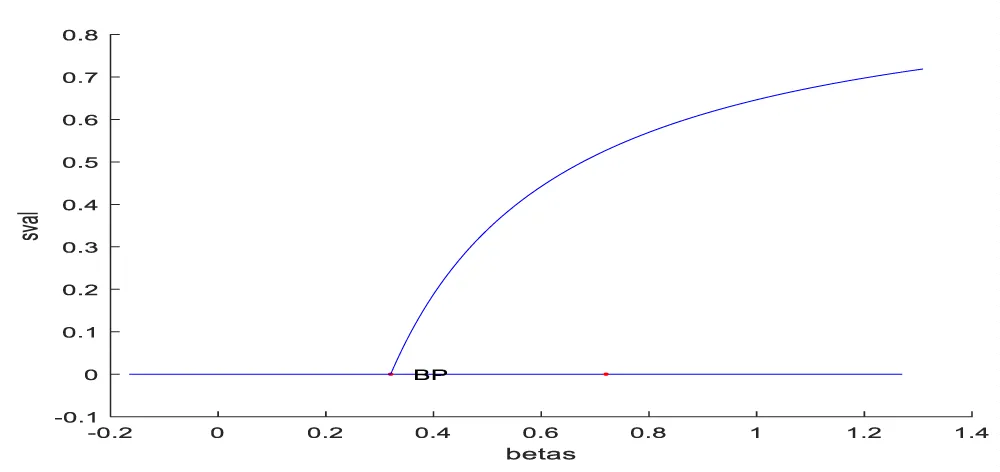
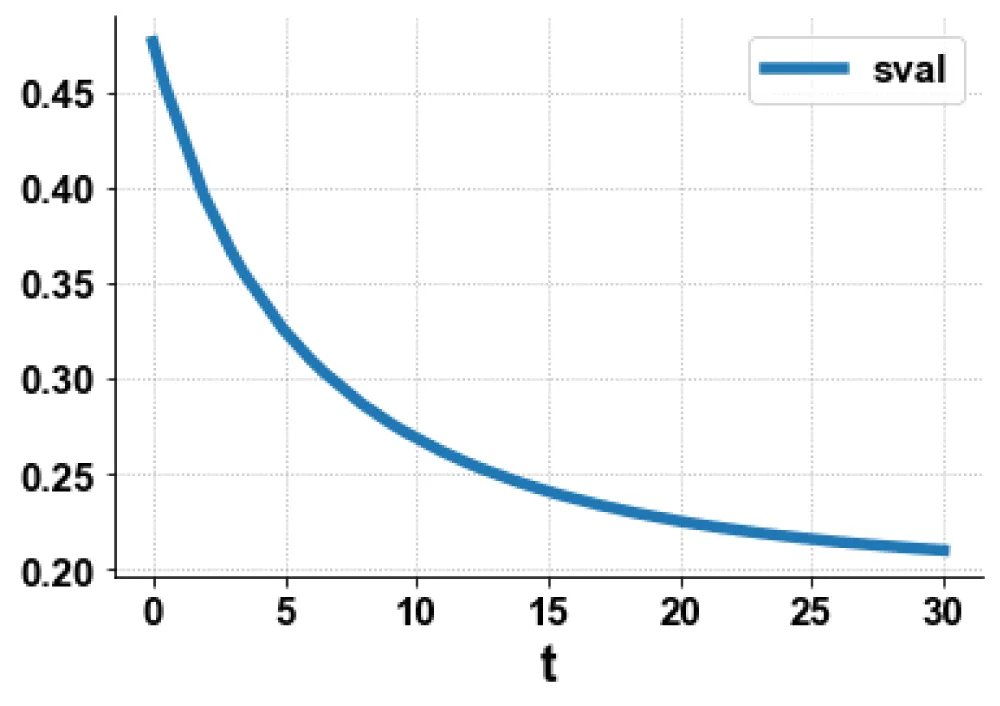

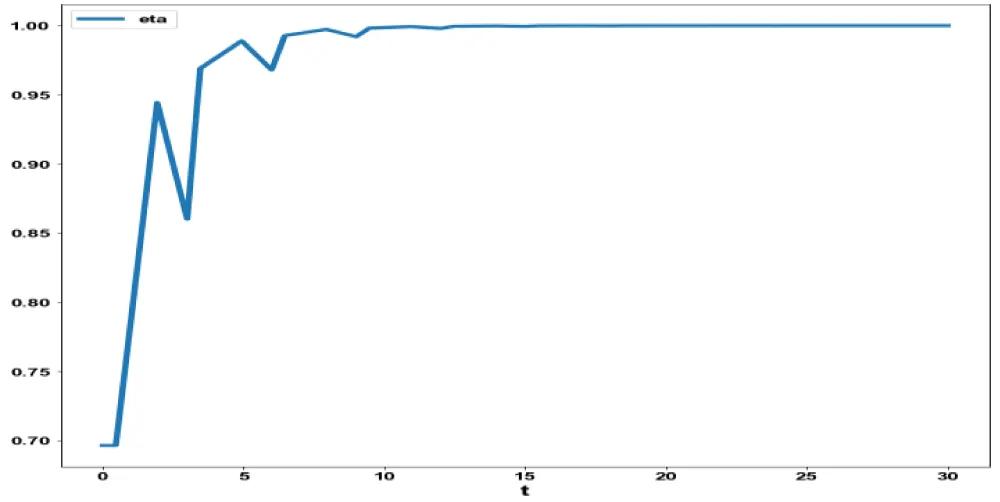
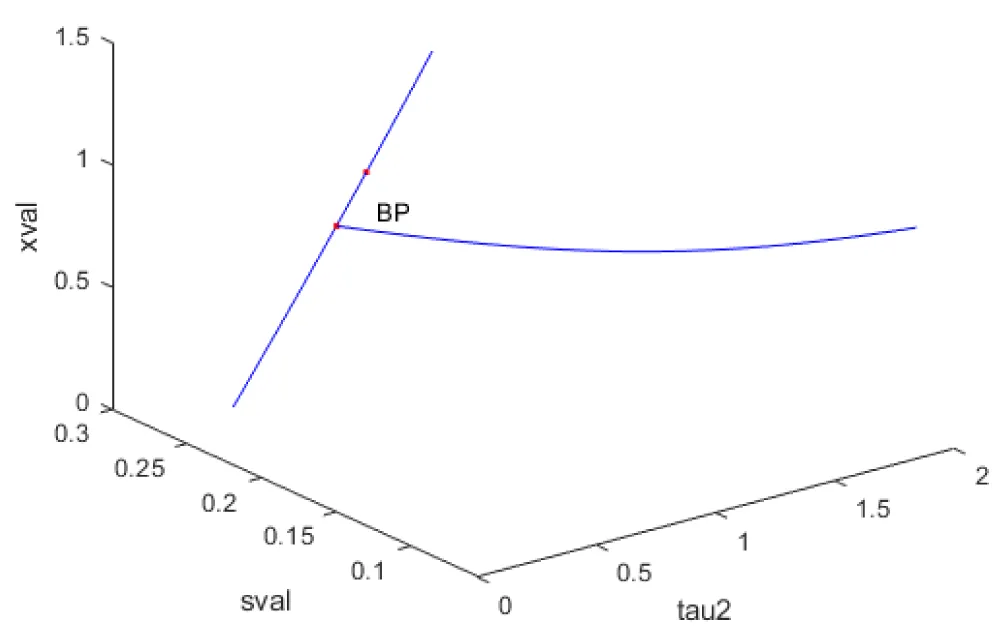
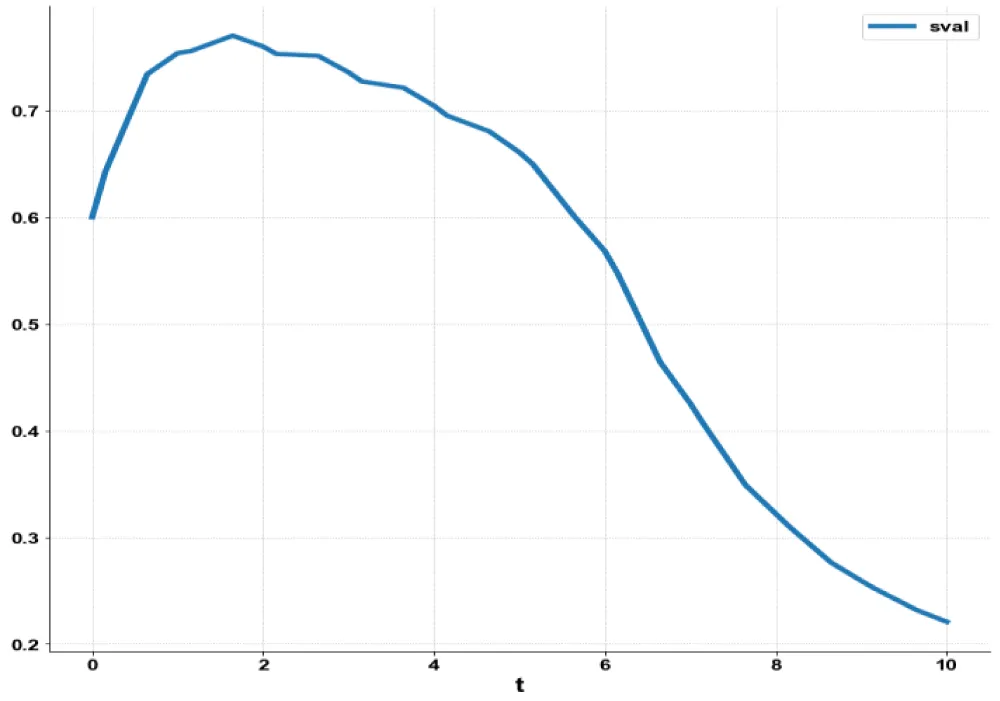
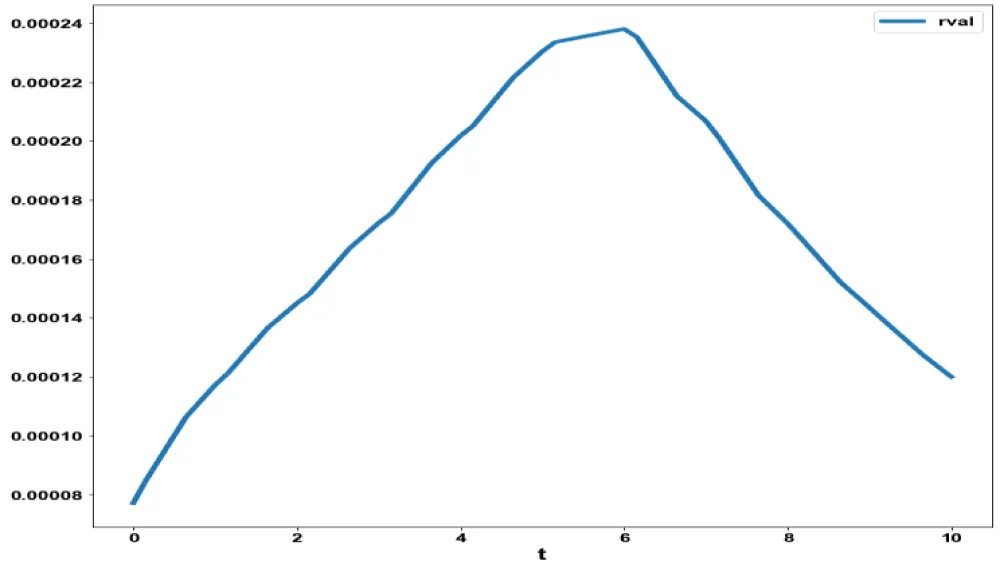
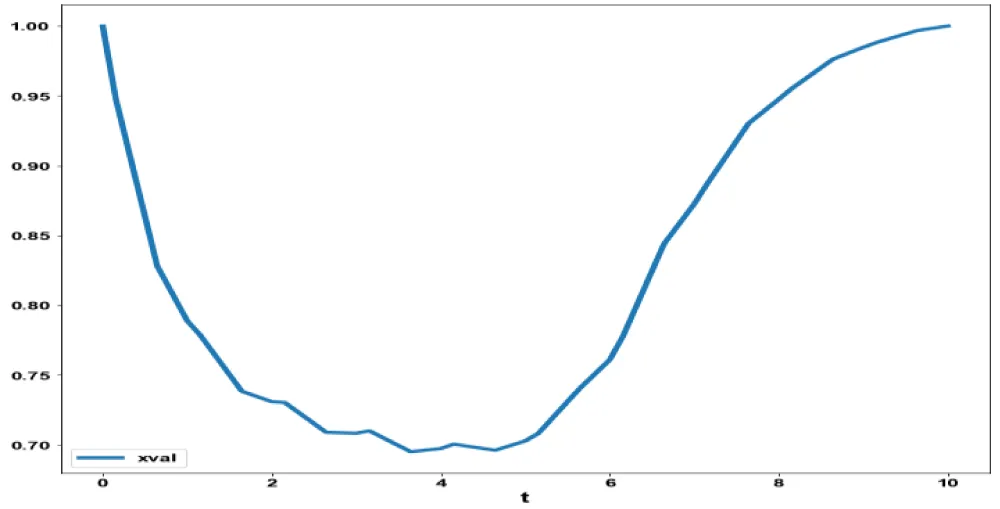



 Save to Mendeley
Save to Mendeley
